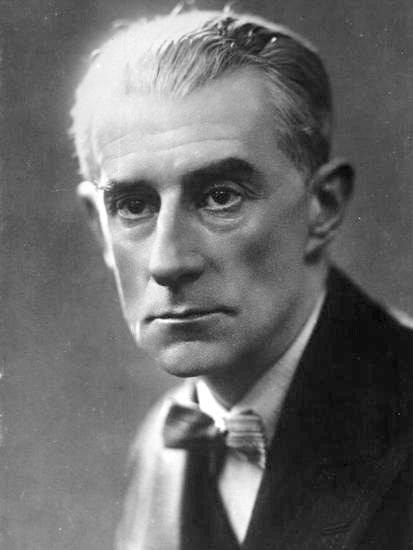|
||
|
A pavane is a slow processional dance which was popular in the courts of Europe during the sixteenth and seventeenth centuries. Ravel originally composed his pavane for piano in 1899 when he was studying with Fauré. The title does not refer to a specific Princess or an event. The piece is an evocation of the music and customs of a bygone age; a dance that a young Spanish princess would have enjoyed. Ravel also said that the piece depicted a pavane as it would be danced by an infanta found in a painting by Velazquez. Following the first public performance in 1902, the work became very popular and has remained so ever since. However, Ravel was never satisfied with it thinking it "poor in form" and derived from the music of Chabrier. Ravel intended the piece to be played extremely slowly, and contemporary critics described his playing as unutterably slow. However, Ravel believed that it should be played slowly, but with great expressive effect. After hearing a slow and insipid performance he told the pianist that it is called "Pavane for a dead princess", not "Dead pavane for a princess". Ravel orchestrated the Pavane in 1910, with a beauty and restraint that resembles his teacher Fauré. The first performance took place in Manchester in 1911. A contemporary critic Samuel Langford called the work "most beautiful . . . but hardly representative of the composer, with whom elusive harmonies woven in rapid figuration are the usual medium of expression. In the Pavane we get normal, almost archaic harmonies, subdued expression, and a somewhat remote beauty of melody." Ravel's Pavane was performed by the Portobello orchestra on the 6th July 2019, conducted by Sam Jones. back |

